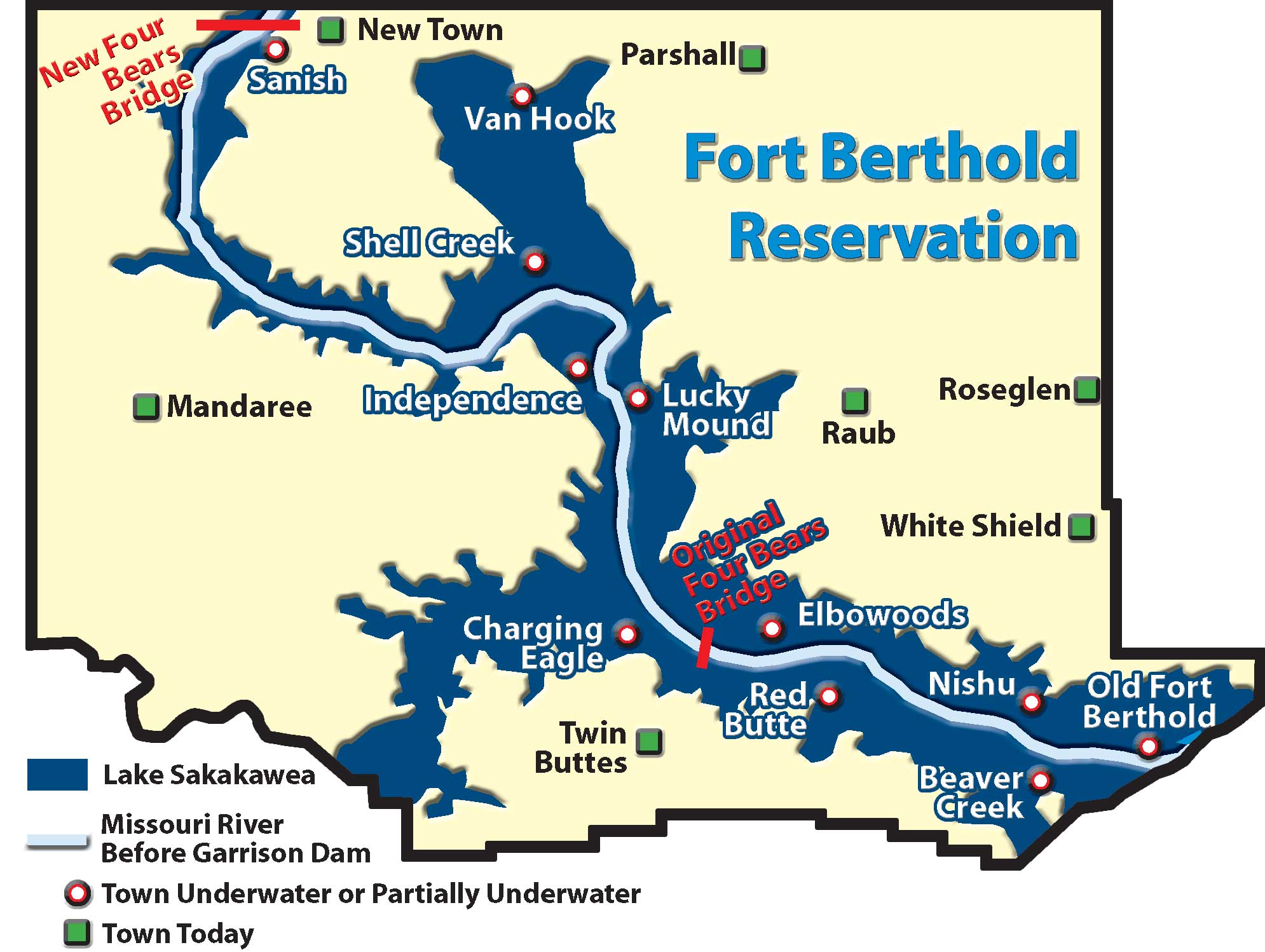Unveiling the Complexities of Mineral Rights on Tribal Lands in North Dakota

In the heart of North Dakota lies a tapestry of legal, cultural, and economic intricacies surrounding mineral rights on tribal lands. As the oil and gas industry continues to shape the economic landscape of the region, understanding the unique dynamics of ownership, regulation, and development becomes paramount. This article delves into the multifaceted world of mineral rights on tribal lands in North Dakota, shedding light on the complexities that define this intricate relationship.
The history of mineral rights on tribal lands in North Dakota is deeply intertwined with centuries of Native American sovereignty and the legacy of federal policies. With roots tracing back to treaties signed between tribes and the U.S. government, the allocation and management of mineral resources have been subject to legal agreements often marked by ambiguity and controversy. For many Native communities, mineral-rich lands represent not just economic assets but also cultural heritage and environmental stewardship.
The legal framework governing mineral rights on tribal lands in North Dakota is a mosaic of federal, state, and tribal laws. The United States government holds the underlying title to most tribal lands, while tribes retain inherent sovereignty over these territories. This duality of ownership complicates the delineation of mineral rights, as tribal sovereignty clashes with state and federal jurisdiction, often leading to legal disputes and jurisdictional challenges.
Central to the discussion of mineral rights on tribal lands is the concept of tribal sovereignty, which grants Native nations the authority to govern their lands and resources. While tribes possess the right to regulate mineral development within their territories, they must navigate a complex web of federal regulations, including the Bureau of Indian Affairs (BIA) and the Department of the Interior. This interplay of tribal autonomy and federal oversight shapes the negotiation of leases, royalties, and environmental protections.
The extraction of mineral resources on tribal lands in North Dakota has significant economic implications for both Native communities and the state at large. Oil and gas production contribute to job creation, infrastructure development, and government revenues, bolstering local economies while also raising questions about environmental sustainability and community well-being. Tribal governments negotiate lease agreements and royalty payments with energy companies, seeking to balance economic opportunity with cultural preservation and environmental stewardship.
Despite the economic opportunities afforded by mineral development, tribal lands in North Dakota face numerous challenges, including environmental degradation, social disruption, and regulatory uncertainty. The legacy of resource extraction has left scars on indigenous communities, ranging from land contamination to socio-economic disparities. However, there is also a growing movement towards sustainable development and renewable energy initiatives, empowering tribes to harness their natural resources in a manner that aligns with their cultural values and long-term aspirations.
The landscape of mineral rights on tribal lands in North Dakota is characterized by a delicate interplay of legal, cultural, and economic factors. As the region grapples with the complexities of resource extraction and tribal sovereignty, stakeholders must strive to foster dialogue, collaboration, and mutual respect. By honoring the rights of indigenous peoples, promoting sustainable development, and upholding environmental stewardship, North Dakota can chart a path towards a more equitable and prosperous future for all its residents, both tribal and non-tribal alike.
13 thoughts on “Unveiling the Complexities of Mineral Rights on Tribal Lands in North Dakota”